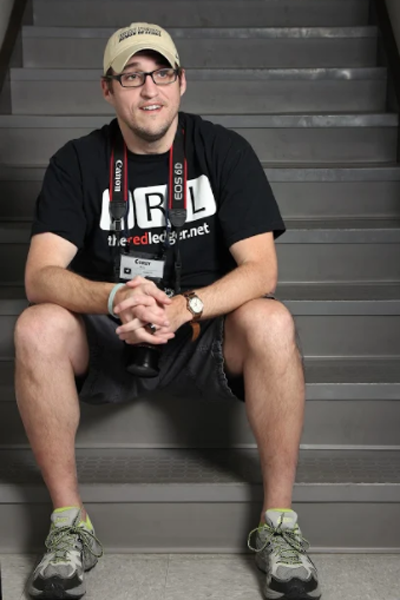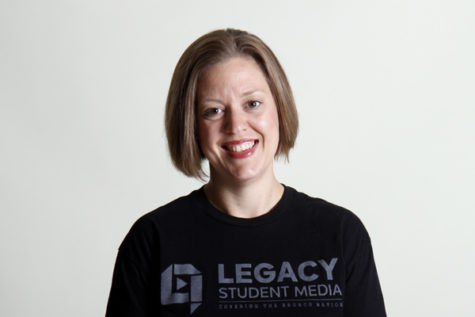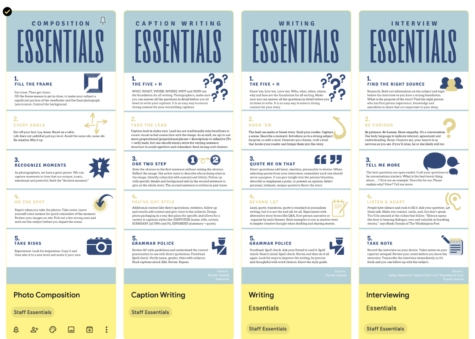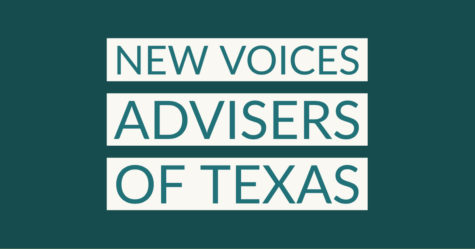More Expert Advice: Gathering Story Ideas
How do you organize coverage and help students develop story ideas to keep coverage from becoming stale?
 Corey Hale, Lovejoy High School
Corey Hale, Lovejoy High School
1) Both staffs have weekly story ideas that they turn in through a Google form. Three ideas due every Wednesday. The editors review all these ideas and make assignments. There’s typically an idea connected to a beat that each student is assigned at the beginning of the year, one non-beat idea, and one human interest idea. Some students really do a great job with this. Others do a poor job and need a little extra training.
2) We do a training session at the beginning of the year on how to develop good story ideas – we focus on the concepts of gathering ideas 24-7 (developing a news “Spidey Sense”) and using outside sources to localize and transform for new ideas for our staff.
3) The main idea that I try to get across to our students is that if they come in on Wednesday and have to stare at a computer screen and rack their brains for ideas, then they are doing it wrong and making the whole process way too hard. I encourage them to keep a notepad open on their phones and jot down ideas throughout the week as they notice them, then review that notepad each Wednesday and plug in their best three ideas. I’d estimate that about 10-20 percent of the staff actually takes this advice and their ideas are typically the best ones we have.
Broadcast has two separate types of ideas. Two big ideas for our monthly show, and then weekly ideas for “day-turn” stories. We also maintain a class “snack cabinet” that gets opened every Friday. If you don’t turn in your story ideas, you don’t get to grab a snack.
 Stacy Short, Argyle High School
Stacy Short, Argyle High School
Train students to always have a reporter’s eye. They need to be “there” and in the moment always. Constantly ask questions and train them to constantly ask “why?”. The day we had a worker die on our lot, my reporters broke the story through social media. All the local news stations started following us on Twitter because we were there and an informed voice for our community. We had the voice of the workers, the superintendent, and we stayed on top of the story with ongoing developments. We had first access with photos, video, reporters on the scene before any other news entities could come to the location. We took advantage of our proximity and contacts and because a trustworthy source for our community. So, advice, be there, be alert, be ready for action…always!
 Rachel Dearinger, Legacy High School
Rachel Dearinger, Legacy High School
1) Reading makes great writers. Students need to read and look at other publications for ideas and inspiration. Have magazines, newspapers and other yearbooks available in your room. Have students look at websites for story ideas and coverage possibilities. Create a culture where students are excited to bring in ideas and transform them into their own stories or designs.
2) Get off your butt. No BUTT reporting. Get out of the journalism room. Go talk to actual people and find out what’s going on in the school and your community. I’ve learned I have to force this a bit more than I used to. Students are so used to texting and technology that face-to-face conversations aren’t as natural anymore.
 Clint Smith, Texas High School
Clint Smith, Texas High School
There are certain events happen every year, schedule students to cover those events well in advance. Develop new angles or plan photo/video coverage to be different than it was in years past. Doing this allows students to explore creative techniques for lighting, editing or stories and possibly practice before video and camera techniques before the event. When the students arrive at the event, they have a plan and are not just spraying and praying for good videos or photos. They know the story that needs to be told. This will help take the guesswork out of design as well. If life throws them a curveball and the story falls apart, they can still use the techniques they practiced beforehand in future work.






